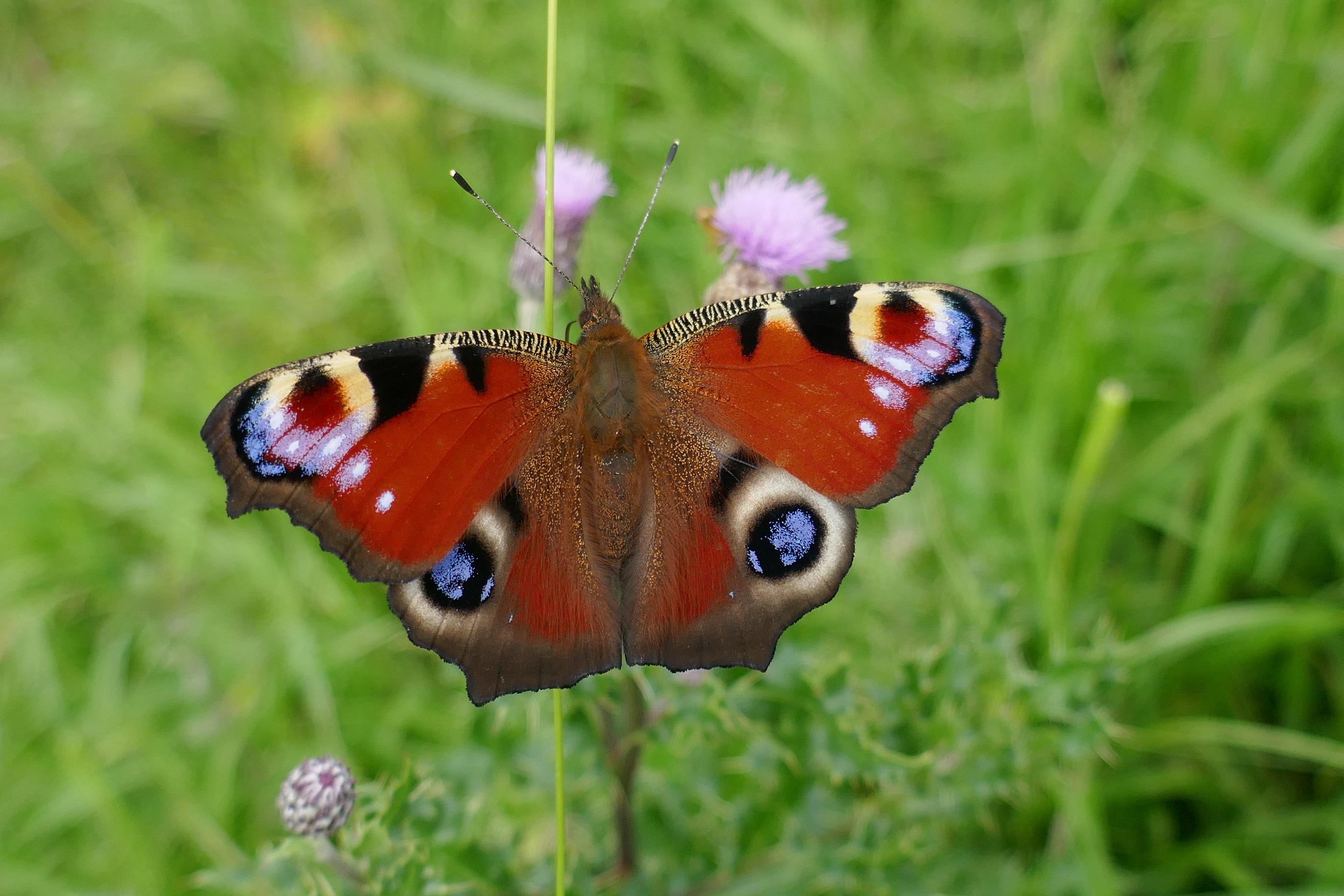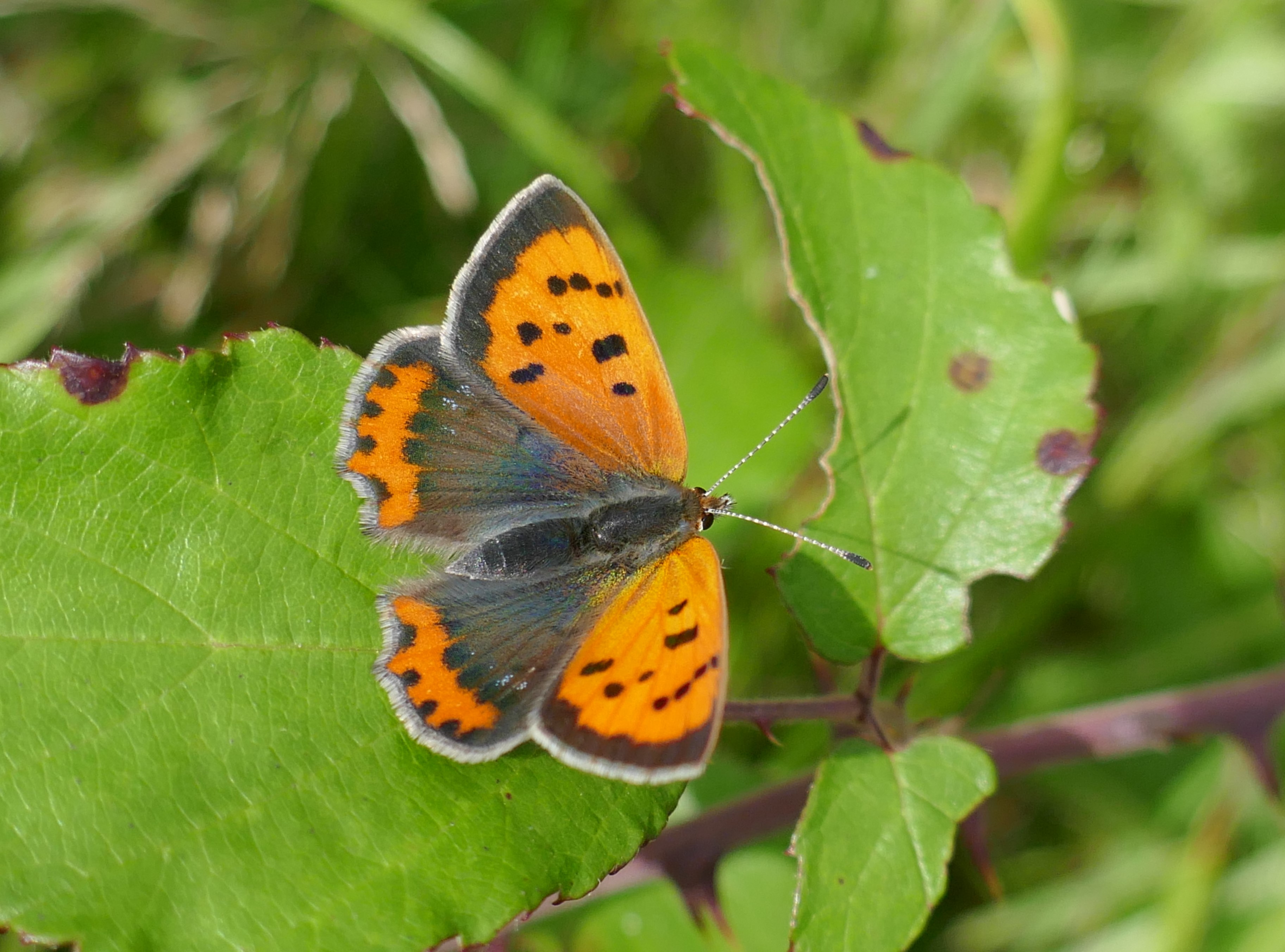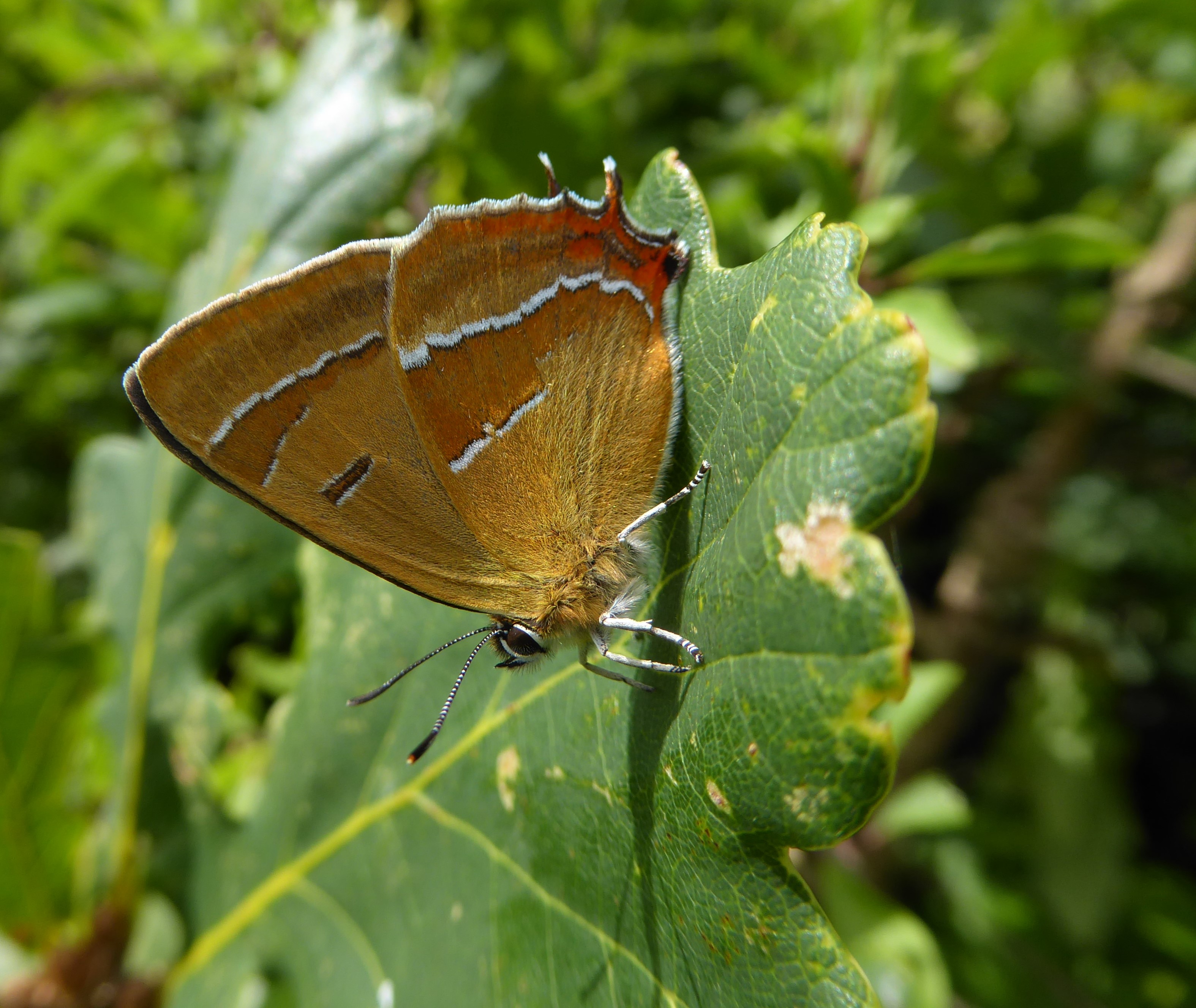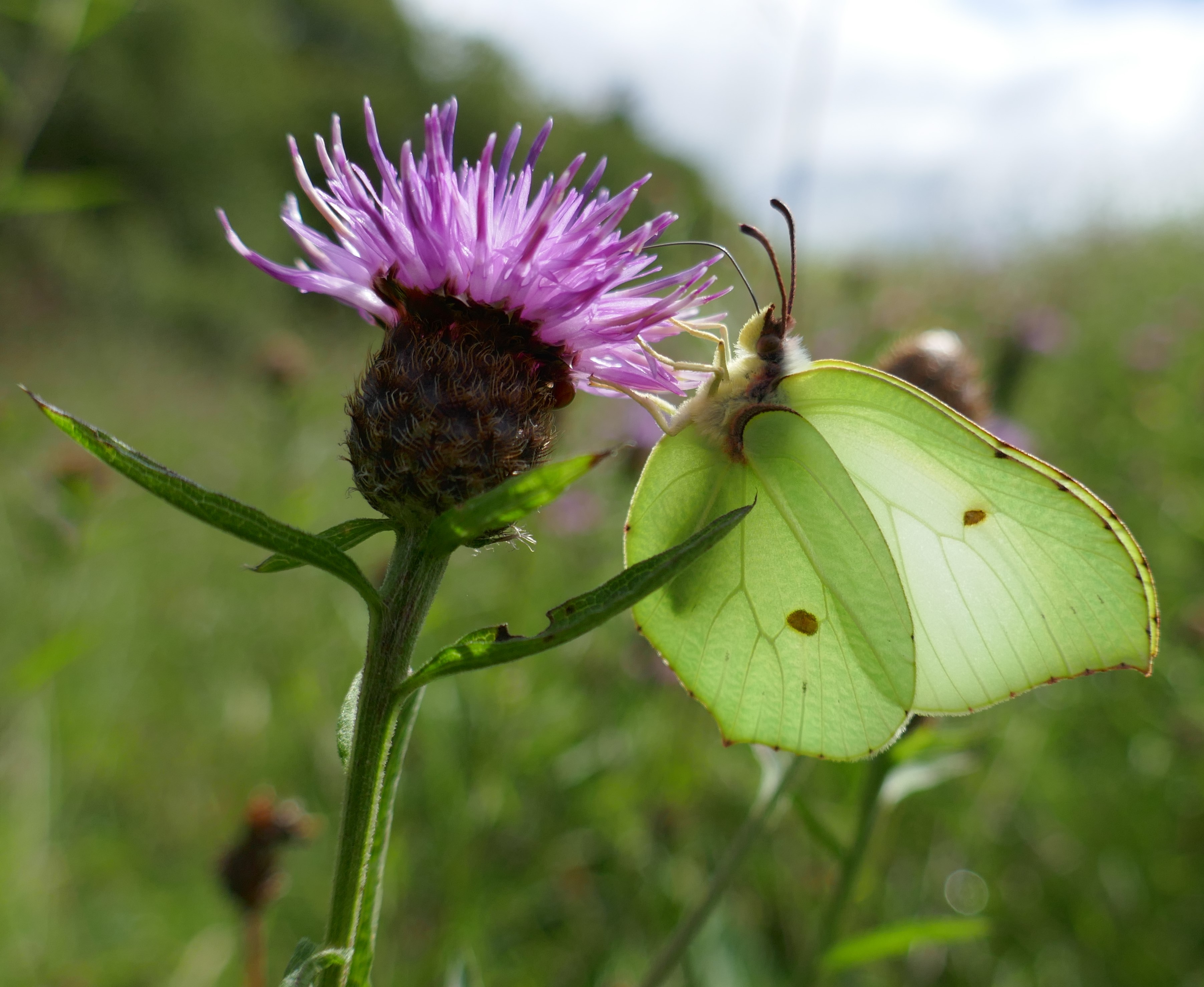August is a great butterfly month, but listening to the rain splattering above my head as I write I should probably append the adverb ‘allegedly’. The weather forecast for the first week in August is for dull, wet and at times windy weather, not the right conditions for flying insects. Our butterflies are accustomed to our wet, erratic weather, and even brief sunshine is capitalized on, with often impressive abundance as butterflies have emerged from pupae and are waiting to fly.

An impression of abundance is often noted on the first sunny day following days of rain, with exciting numbers evident. This population boom should not be confused with an increasing trend. Typically, butterfly pupae hatch over weeks, but if the weather is unfavourable, several days’ hatched butterflies will wait to fly together on the first good weather day, rather than fly in apparently reduced abundance over several days with good weather conditions. Similarly, pupae that have been ready to hatch for some days may delay hatching until a sunny day arrives.

Assuming the sun shines in our wet and wild countryside, what can we expect to see?
This depends not just on the habitat but where in Ireland it is you are looking for butterflies. The Meadow Brown, on its ‘last legs’ in many areas in the east, is just beginning to emerge in abundance in many areas of the west and northwest during August.
Huge abundance can be encountered on coastal grasslands in Donegal and Clare during August, fresh and eager to mate, while their eastern cousins are faded or dead. By contrast, the Small Copper can be seen in suitable habitats throughout Ireland during August.

A butterfly with a restricted Irish distribution that flew in spring should be around in August. The Wood White, a Burren and western limestone butterfly will be flying in its habitats. This second flight is a partial generation. The first flight, which occurs mainly during spring comprises all the over-wintered pupae.

The last Irish butterfly to emerge is the Brown Hairstreak. Our largest and rarest hairstreak exists in the Burren (Clare and Galway) and a small number of areas outside the Burren, such as west Tipperary, Ennis, near Lee’s Road, around Lough Corrib, Lough Mask (both Galway) and possibly Lough Carra (Mayo). This obscure but beautiful species is associated with wilder, bushy places typically (but not always) on exposed carboniferous limestone. It peaks in abundance during August and has been seen as late as October. Look out for it on bramble flowers, and on Creeping Thistle near scrub.

Another butterfly that is restricted in its Irish distribution but more widely distributed than the Wood White and Brown Hairstreak is the Brimstone. The new generation flies from July to September or even early October but its peak flight is in August. The Brimstone joins the Peacock and Small Tortoiseshell to gorge on nectar in flower-rich areas close to woodland before all three species go into hibernation. Bramble, Common Knapweed, Rough Hawkbit and Devil’s-bit Scabious are favoured flowers for all three.

A lovely, small (19-20 mm wingspan) intensely coloured day-flying moth to look for on wild grassland is the Small Purple-barred. Ranked ‘Near Threatened’ on our Macro-moth Red List 2016. This moth breeds on Common Milkwort, which need semi-natural grassland untainted by agricultural chemicals. A common day-flying moth during August is the Shaded Broad-bar, a brown/buff grassland moth with a dark brown crosswise bar on its forewings.

On limestone grassland, chiefly in the Burren, the Straw Belle may be encountered; it is a nocturnal species that is easily roused in daylight. Straw-coloured and brown-freckled with a brown diagonal bar on the forewing, this species is especially common on short Burren grassland. A moth confined to the Burren, the Burren Green, ranked ‘Near Threatened’ is abundant in the Burren during August. This moth is mainly nocturnal, but it will fly in daylight on muggy, over-cast days when it feeds on Common Knapweed. This moth is not found outside the Burren in Britain and Ireland. It breeds on Blue Moor-grass.
These are just a few of our August flyers. We will leave you to discover others, but remember to let us know what you see, according to the record submission procedures here:
https://butterflyconservation.ie/wp/records/
All photographs are ©J.Harding.

